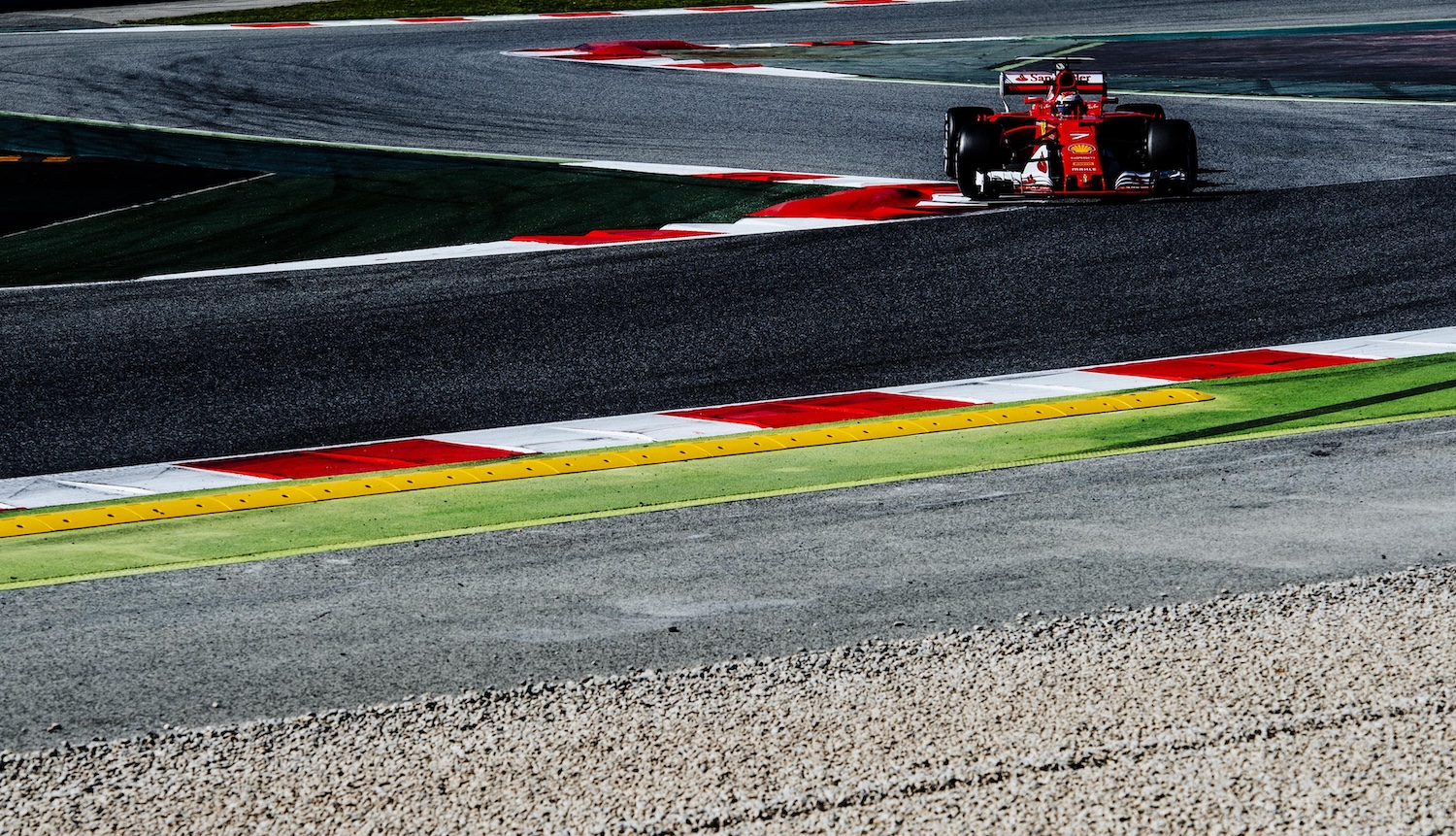Scuderia Ferrari has officially launched the SF70H, its 63rd single-seater built to compete in the FIA Formula 1 World Championship. Developed in response to one of the most significant regulation overhauls in the sport’s modern history, the SF70H represents a radical departure from past designs—prioritising speed, grip, and aerodynamic performance like never before.
Unlike previous years, where technical regulations often aimed to slow the cars for safety and cost reasons, the 2017 changes encouraged a return to aggressive racing. Wider tyres, revised aero rules, and an overall push for performance have resulted in cars that are faster, more physical to drive, and more visually striking. The SF70H was engineered precisely with these targets in mind.
Aerodynamic Philosophy: Balancing Downforce and Drag
A major focus for the Scuderia’s Gestione Sportiva technical team was optimising the aerodynamic package for the new regulations. The wider 2017-spec Pirelli tyres—60mm broader at the front and 80mm at the rear—significantly increase the car’s frontal area. Combined with redesigned front wings, a larger floor, and a deeper diffuser, these changes naturally increase drag.
However, that added resistance is more than compensated for by dramatically improved downforce and mechanical grip, especially in high-speed corners. The end result? Enhanced stability, better traction, and faster lap times.
Chassis Evolution: Sleek, Strong, and Purpose-Built
Visually, the SF70H stands apart from its predecessors. The extended nose and aggressive arrow-shaped front wing reflect the new aerodynamic philosophy. The tall engine cover fin and intricate aero appendages around the sidepods are not just for aesthetics—they serve specific aerodynamic roles and are closely integrated with the car’s crash structure.
READ MORE: Mercedes-AMG Petronas Motorsport Unveils 2017 Challenger: The W08 EQ Power+
The chassis features a front-mounted S-duct to improve airflow and reduce turbulence, while the air intake system integrated into the roll hoop has been completely redesigned. Ferrari has retained a pushrod front suspension and pullrod rear, but with upgraded geometries to handle increased loads. Additionally, the wheel hubs and nuts were redesigned for faster pit stop operations, while larger steering and braking systems accommodate the car’s boosted performance.
Power Unit: Incremental Change, Significant Gains
While aerodynamic rules saw a dramatic shift, the regulations governing power units remained largely stable. The most notable change for 2017 was the increased race fuel allowance—from 100kg to 105kg—due to longer periods of full-throttle driving. The fuel flow limit, however, remains capped at 100kg/hour.
Ferrari’s 062 power unit marks a meaningful step forward in performance and reliability. The hybrid system has undergone layout revisions for improved efficiency and packaging, while maintaining core principles from the previous season’s design. Importantly, the elimination of the controversial “Token” development system now gives teams like Ferrari the freedom to evolve their power units throughout the year.
A New Era for Ferrari and Formula 1
The SF70H symbolises Ferrari’s bold response to Formula 1’s evolving technical landscape. With its aggressive design, increased cornering performance, and refined hybrid power, the car is poised to be a strong contender in what promises to be one of the most competitive seasons in recent memory.
As the 2017 Formula 1 season unfolds, all eyes will be on Scuderia Ferrari and the SF70H to see whether this dramatic leap in design can power the Prancing Horse back to the top step of the podium.








